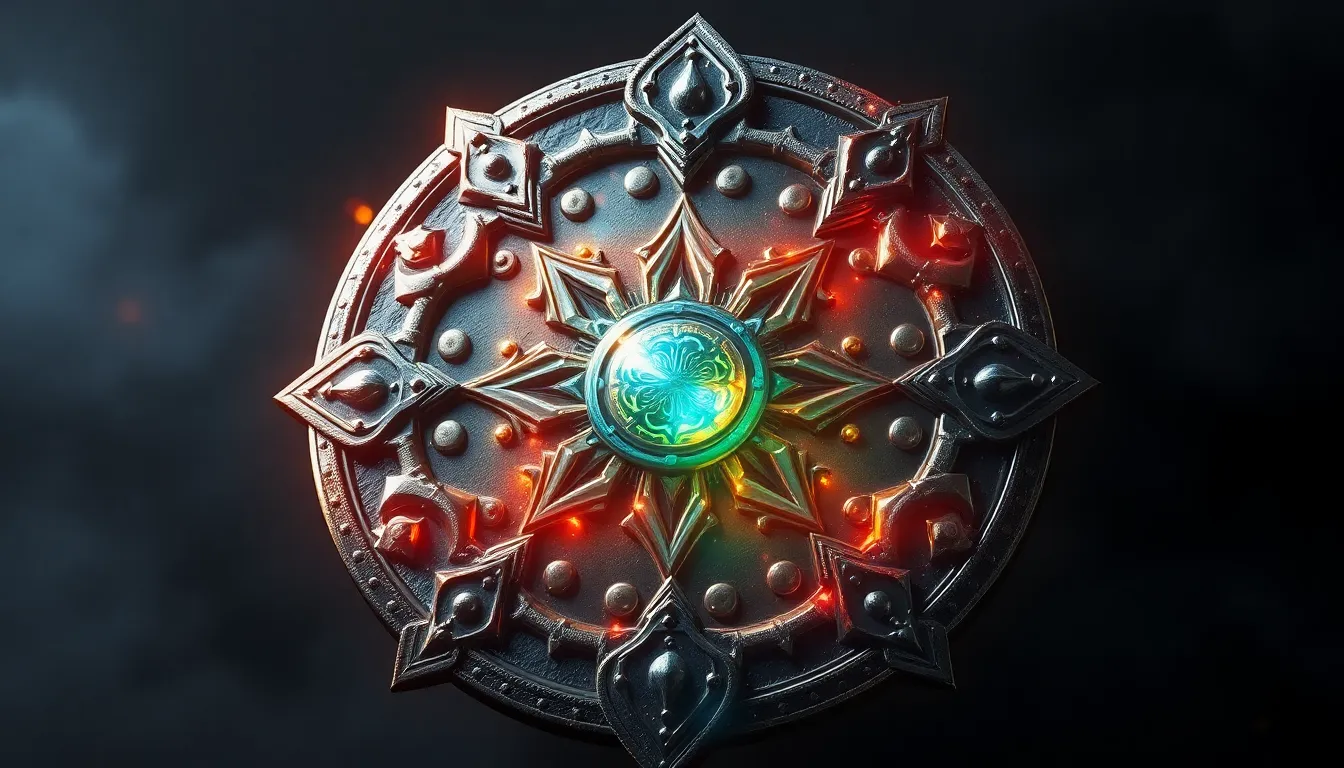The Story of the Sacred Offerings in Native American Mythology
1. Origins and Significance of Sacred Offerings
In the tapestry of Native American mythology, sacred offerings hold profound significance, dating back to the origins of their spiritual traditions. These offerings serve as a bridge between the physical and spiritual realms, acknowledging the interconnectedness between humans, nature, and the divine. Through them, individuals express their gratitude, seek guidance, and honor the sacred beings that watch over their lives.
2. Types of Sacred Offerings
The diversity of Native American cultures finds expression in the variety of sacred offerings made. Among the most common offerings are tobacco, which symbolizes peace and purification; cornmeal, representing sustenance and nourishment; feathers, embodying the connection to the winged messengers; crystals, representing the earth's power; and sweetgrass, offering its fragrant smoke to purify the surroundings.
3. Symbolism and Meaning of Offerings
Each sacred offering carries its unique symbolism and meaning, reflecting the giver's intentions and the spiritual significance associated with the offering itself. Tobacco, for instance, is often used to seal agreements and establish peaceful relations, while cornmeal acts as a symbol of the life-giving force that nourishes the body and spirit. Feathers represent the divine messengers who carry prayers and thoughts to the Creator, and crystals amplify the energy of the offerings and intentions. Sweetgrass purifies the space and invites positive energies to enter.
4. Ceremonies and Rituals Associated with Offerings
Sacred offerings are an integral part of various ceremonies and rituals performed by Native American communities. These rituals, often led by medicine men or women, involve specific prayers, songs, and dances that accompany the offerings. Offerings are made to honor ancestors, spirit beings, and the natural world, and they serve as a means to ask for guidance, healing, or protection.
5. The Importance of Reciprocity
In the Native American worldview, offerings are not merely given but are part of a reciprocal exchange. When an offering is made, the giver recognizes the interconnectedness of all things and acknowledges the blessings received from the spiritual realms. In return, it is believed that the divine forces will reciprocate with guidance, protection, and other forms of support, fostering a harmonious relationship between humans and the sacred world.
6. Offerings to Ancestors and Spirit Beings
Sacred offerings play a central role in honoring ancestors and spirit beings within Native American traditions. These offerings serve as a means to express gratitude, seek guidance, and maintain a connection with the departed. Ancestors are believed to watch over their descendants, and offerings are made to show respect and honor their memory. Similarly, offerings to spirit beings, such as animal spirits or nature spirits, are made to acknowledge their presence and request their protection or assistance.
7. Offerings for Healing and Protection
In times of illness or need, Native American communities often make sacred offerings to seek healing and protection. These offerings may include medicinal herbs, crystals, or feathers, which are believed to possess healing properties. Offerings are also made to spiritual healers, such as medicine men or women, who use them as part of their healing ceremonies and practices.
8. Offerings for Gratitude and Blessings
Sacred offerings are not limited to times of need but are also made to express gratitude for blessings received. These offerings are a way of acknowledging the divine forces that watch over individuals and communities, and they serve to strengthen the bond between humans and the sacred world. Offerings of tobacco, cornmeal, or sweetgrass are often made to show appreciation for the gifts of life, health, and prosperity.
9. Modern Practices and Customs
Native American sacred offerings continue to be an integral part of modern practices and customs. While many traditional ceremonies and rituals have evolved over time, the significance of offerings remains strong. In contemporary Native American communities, sacred offerings are made at powwows, sweat lodges, and other gatherings, and they serve as a means to connect with ancestors, honor spirit beings, and express gratitude for the blessings of life.
10. Legacy and Cultural Impact of Sacred Offerings
The practice of sacred offerings has left a lasting legacy on Native American culture and spirituality. These offerings have played a vital role in shaping the beliefs and traditions of numerous tribes and nations, and they continue to be a source of cultural identity and pride. The act of making an offering is a testament to the deep reverence and respect that Native Americans hold for the sacred world, and it serves as a reminder of the interconnectedness between humans, nature, and the divine.
FAQ
What is the purpose of sacred offerings in Native American mythology?
Sacred offerings serve as a bridge between the physical and spiritual realms, acknowledging the interconnectedness between humans, nature, and the divine. They express gratitude, seek guidance, and honor the sacred beings that watch over individuals and communities.
What are some common types of sacred offerings made by Native Americans?
Common offerings include tobacco, cornmeal, feathers, crystals, and sweetgrass. Each offering carries its unique symbolism and meaning, reflecting the giver's intentions and the spiritual significance associated with the offering itself.
How are sacred offerings incorporated into ceremonies and rituals?
Offerings are an integral part of various ceremonies and rituals performed by Native American communities. These rituals, often led by medicine men or women, involve specific prayers, songs, and dances that accompany the offerings. Offerings are made to honor ancestors, spirit beings, and the natural world, and they serve as a means to ask for guidance, healing, or protection.
What is the significance of reciprocity in the practice of sacred offerings?
In the Native American worldview, offerings are not merely given but are part of a reciprocal exchange. When an offering is made, the giver recognizes the interconnectedness of all things and acknowledges the blessings received from the spiritual realms. In return, it is believed that the divine forces will reciprocate with guidance, protection, and other forms of support, fostering a harmonious relationship between humans and the sacred world.
How do sacred offerings continue to be practiced in modern times?
Native American sacred offerings continue to be an integral part of modern practices and customs. While many traditional ceremonies and rituals have evolved over time, the significance of offerings remains strong. In contemporary Native American communities, sacred offerings are made at powwows, sweat lodges, and other gatherings, and they serve as a means to connect with ancestors, honor spirit beings, and express gratitude for the blessings of life.



